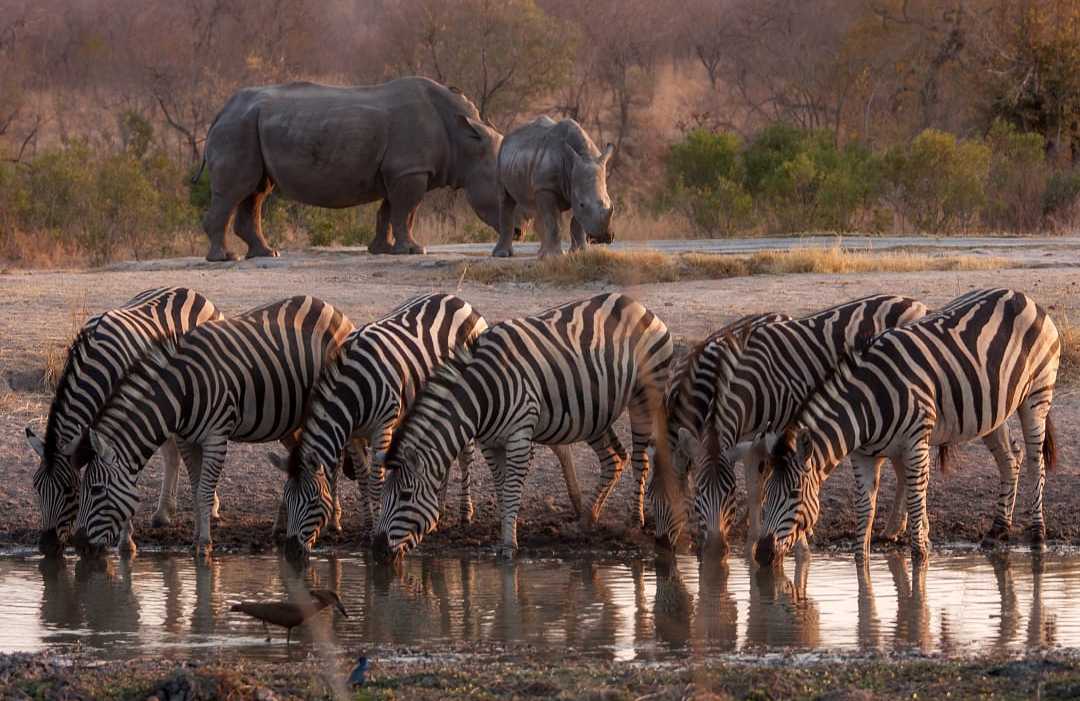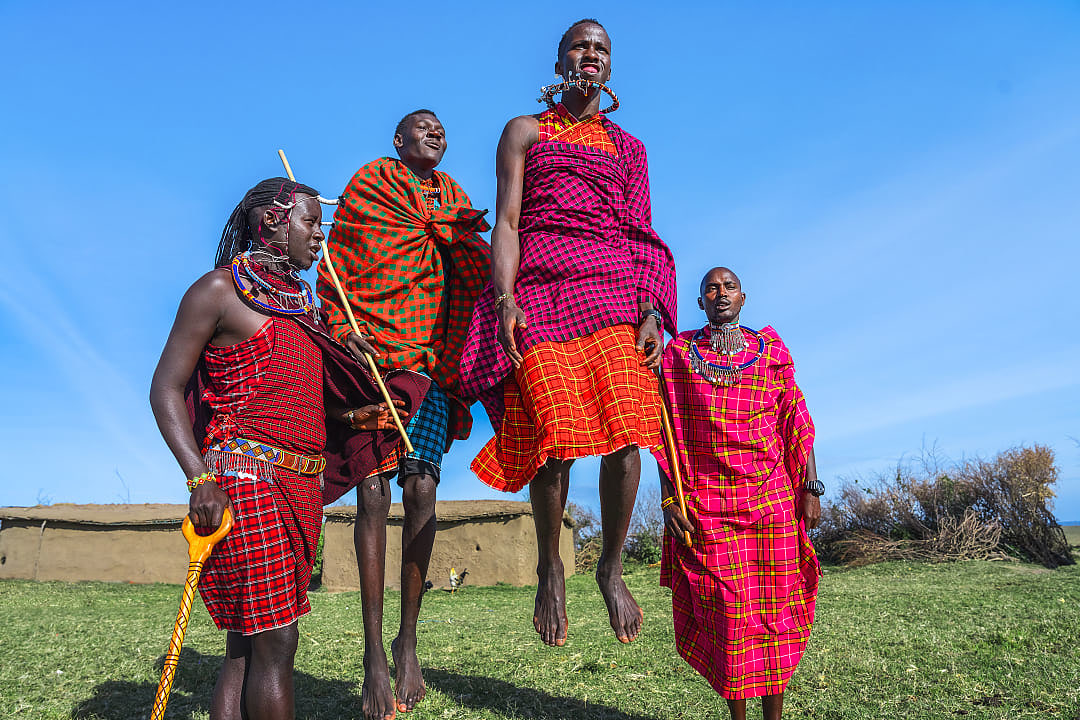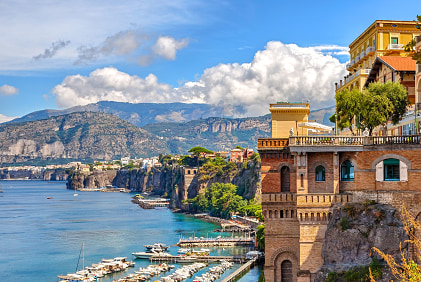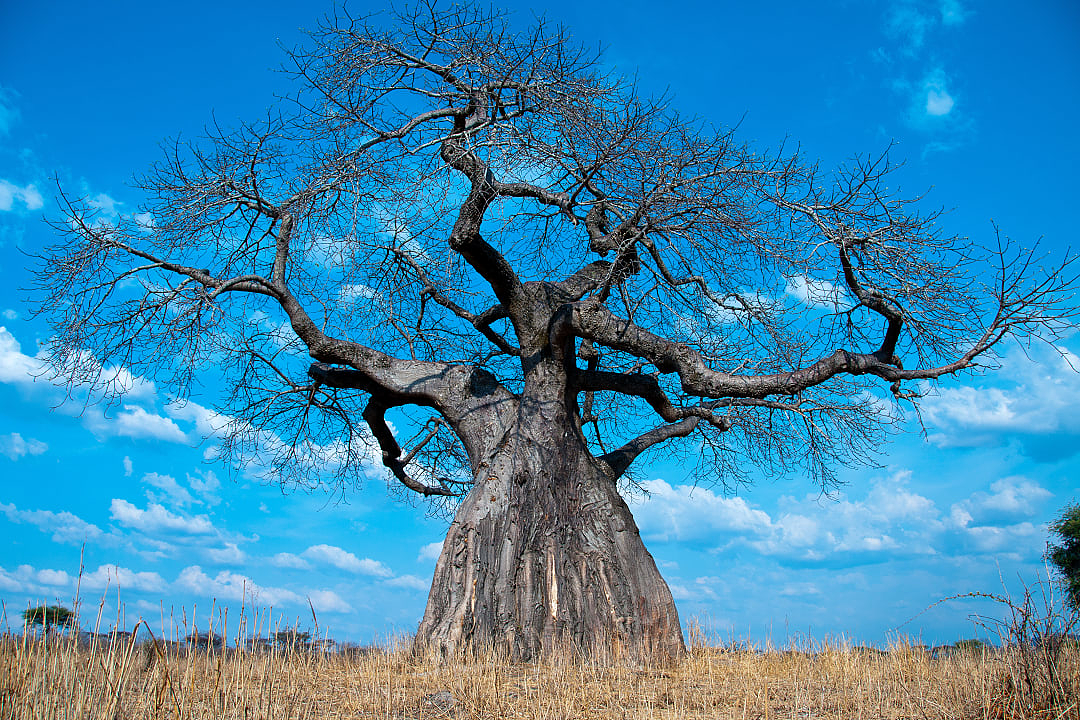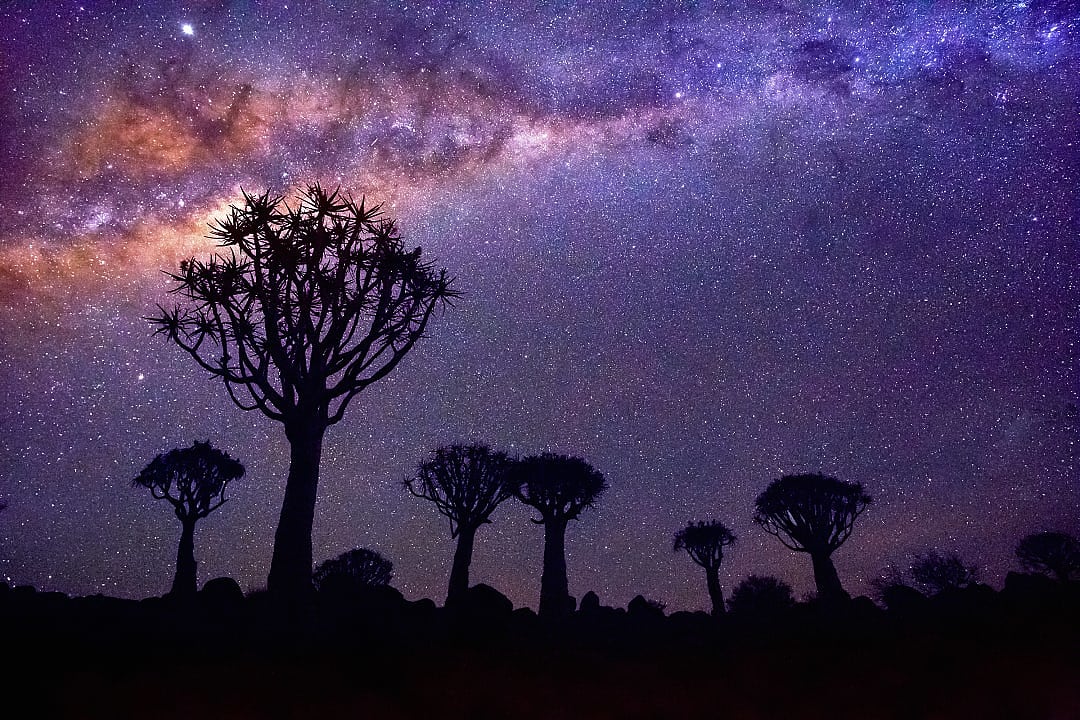Why This Experience is Unmissable
Slow safari travel invites you to become a student of the landscape rather than merely a visitor passing through it. This immersive approach allows you to develop an intimate understanding of ecosystems, seasonal patterns, and the delicate interconnections that sustain African wilderness areas. Your journey becomes a masterclass in natural history, where each dawn reveals new lessons written in tracks, scents, and sounds.
A Journey Through Ancient Landscapes
Africa's savannas and woodlands hold stories spanning millions of years, from the Great Rift Valley's dramatic formation to the ancestral paths traveled by early humans. Walking safaris connect you to this heritage, following game trails that have been carved by countless generations of wildlife. Your footsteps join an ancient procession that includes everything from massive elephants to tiny dung beetles, each playing their role in the ecosystem's grand narrative.
What to Expect During Your Exploration
Morning light transforms the landscape into a living canvas as you embark on guided walking safaris. The soft crunch of dried grass beneath your boots creates a gentle percussion, while your guide points out the intricate details often missed from vehicle safaris. Watch clouds of fine dust rise with each step of a nearby giraffe, observe the precise geometry of a spider's web jeweled with morning moisture, and feel the satisfying give of sandy soil as you examine fresh leopard tracks.
Your senses become finely tuned instruments of discovery. The air carries distinct fragrances: the green sweetness of new grass shoots, the musky scent marking territorial boundaries, and the clean earthiness that follows brief afternoon rains. Pausing beside waterholes, you witness the daily theater of survival and sustenance, where patience rewards you with intimate observations of animal behavior rarely captured in rushed encounters.
Where to Enhance Your Understanding
- Botswana's Okavango Delta: Navigate pristine waterways by traditional mokoro, where your guide's pole creates gentle ripples as you glide silently through papyrus channels.
- Tanzania's Ruaha National Park: Explore vast baobab-dotted landscapes where ancient trees stand as silent sentinels over seasonal migrations.
- Zambia's South Luangwa: Walk alongside the Luangwa River, following elephant paths that lead to hidden lagoons and seasonal grazing areas.
- Kenya's Maasai Mara: Experience the northern reaches where acacia woodlands provide intimate settings for wildlife observation away from crowded viewing areas.
- Namibia's Damaraland: Trek across desert-adapted landscapes where specialized wildlife thrives in seemingly harsh conditions.
Let Africa's ancient landscapes reveal their secrets through patient observation and mindful exploration on a Wildlife Wonder: 11-Day Kenya and Tanzania itinerary.
